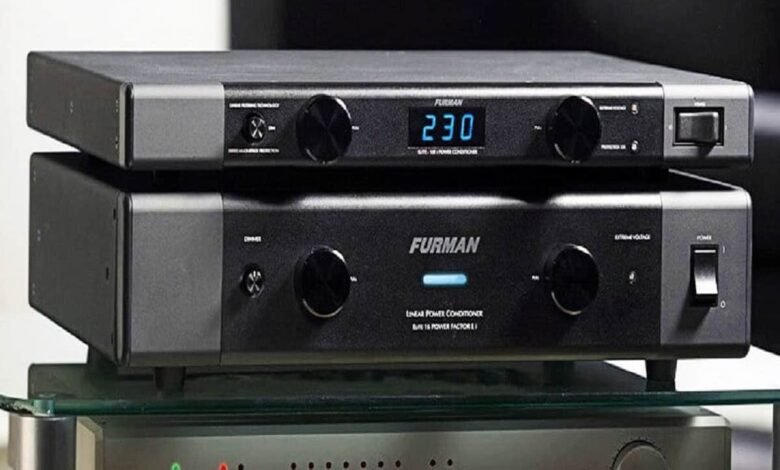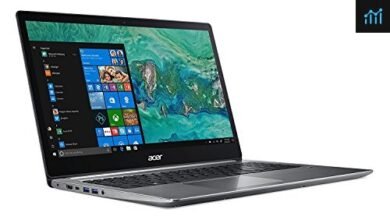How Theatre Power Manager Could Help You With Your Production

Theatre power management (TPM) is a technology that helps theatre operators manage their power in an efficient and safe way. This technology is particularly useful for larger venues, as it allows them to reduce their energy costs and improve their overall production quality. In this blog post, we will take a look at how TPM could help you with your production. We will discuss its benefits, as well as its limitations so that you can make the best decision for your theatre.
What is Theatre Power Manager?
Theatre Power Manager is a software application that allows theatre producers and managers to manage their power usage and conserve energy. Theatre Power Manager helps theatre companies save money on electricity bills and reduce their environmental impact.
One of the main benefits of using Theatre Power Manager is that it can help organizations mitigate the negative impacts of energy consumption on both the environment and their bottom line. By tracking how much power each stage in a theatre is using, managers can identify areas where they can make cuts in order to lower their energy costs.
This information can also be used to optimize staging configurations, which can result in increased efficiency and reduced waste. By making detailed use of data visualization tools, theatre managers can quickly identify patterns in power usage and make changes accordingly.
How does it work?
TheatrePowerManager is a powerful tool that can help theatre managers and production teams manage their productions more effectively. It allows users to track data such as runtime, audience response, budget, and more. In addition, it provides tools for planning and organizing productions.
Who is it for?
TheatrePowerManager is a powerful tool designed for theatre professionals. It allows you to manage your production from start to finish, from budgeting and scheduling to communication and marketing. TheatrePowerManager makes it easy to keep track of your progress and communicate with your team members all in one place. Whether you are a small independent theatre or a major Broadway company, this software can help you run a successful production.
What are the benefits of using TPM?
Theatre production managers face many challenges when it comes to managing their productions. From creating a tight budget, to ensuring that all the props and sets are in place on time, to making sure that cast and crew are working well together, there is a lot to keep track of. TPM can help with all of these tasks.
TPM is a software application designed specifically for theatre production managers. It allows you to manage your productions from start to finish, including tracking finances, staffing, scheduling, and more. You can also use TPM to create custom reports that help you see how your production is performing overall.
Overall, using TPM can help you save time and money while ensuring that your productions run smoothly.
Benefits of using TPManager in your production
TPManager is a Theatre Power Manager software application designed to help theatre professionals manage their productions. TPManager allows users to track energy usage, forecast energy usage, and manage production resources. The software also allows users to create reports and graphs to analyze their production’s performance. TPManager can help theatre professionals save money on energy costs while ensuring the quality of their productions.
How to set up TPManager in your production
TPManager is a powerful production tool that can help you with your production. It can help you save time, money, and make your productions run more smoothly. TPManager is easy to set up and use, so you will be able to get started right away. Here are some tips on how to set it up:
First, create an account on the TPManager website. This will allow you to access all of the features of the tool.
Then, go to the Settings page and enter your details. This includes your username, password, and email address. You will also need to specify which productions you would like TPManager to manage.
After you have entered your information, click Save Changes at the bottom of the page.
Now you’ll need to add productions to TPManager. To do this, click on the Add Production button located in the top navigation bar. This will open a new window where you can enter all of the relevant information for your production.
To add a show, first click on the Show Name dropdown menu and select a show from one of our lists. Then, enter all of the necessary information for your show including: title, artist name(s), opening night date/time, running time (in minutes), and ticket price range (low/high). You can also specify whether or not online tickets are available for this show (if so, they will be listed under Online Tickets). Click Save Changes when finished setting
Tips for using TPManager effectively
When using TPManager, there are a few tips to keep in mind. First and foremost, remember that TPManager is not a replacement for your production’s stage management software. While TPManager can be helpful in some ways, it’s important to take the time to learn your production’s stage management software and trust its capabilities.
TPManager is best used as a supplement or extension of your existing stage management software. For example, if you use Playbill Pro for your stage management, TPManager can be used to generate tickets, manage seating charts, and track inventory. If you’re using another type of stage management software, be sure to check the compatibility guide before beginning to use TPManager.
Another tip when using TPManager is to plan ahead. Make sure you have all the information you need before starting the program; otherwise, you’ll likely find yourself spending a lot of time editing individual pages rather than working on your production as a whole. And last but not least: always test your settings before going live! There’s nothing worse than having an issue with your show due to incorrect settings.




